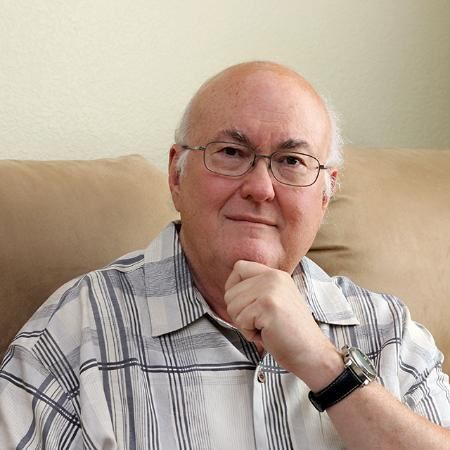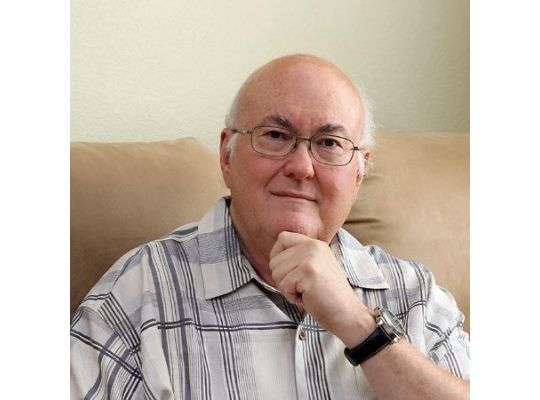
Suffice it to say, at one time the AV and digital signage communities were at separate ends of the spectrum. While using some of the same technologies, their “agendas” were different… and for the most part, so were their applications. As Jonathan Brawn of DSEG says, “In AV, the technology defines the experience… and in digital signage, the experience defines the technology”.
Speaking of agendas, for those wanting to deploy a digital signage network, the starting point and end point (the outcome, or overriding objective), is to effectively communicate a carefully crafted message one on one with a viewer anywhere, at any time, and on any device. At its core, digital signage is a behavior modification medium, and it entails a predetermined call to action. In other words, a viewer sees a digital sign and does something about what they have seen on said sign. The goal is for the sign owner’s objective to be met through the conveyance of the content (or message) to be effectively delivered to a viewer who is intended to see it, and then act upon it, while remembering the message. With the objectives, message, and content established as the “guiding lights”, the technologies to accomplish the objectives are then put in play. Obviously one size or type does not fit all.
I am very (read that very) pleased to report that for the most part the AV and digital signage chasm that I spoke about earlier essentially no longer exists… or at the very least, bridges have been built so that both coexist more comfortably, sometimes symbiotically. File the following under context to understand the journey toward convergence, and to appreciate more fully where we now are.
A couple of years ago (coincident with the pandemic), the digital signage industry experienced the demise of the Digital Signage Expo (DSE). For those who thought this was “just another” trade show, I can tell you it was more than that. The trade show was ultimately a rationale for the constituency of the digital signage industry to gather, socialize, network, and learn. This constituency consisted of venture capitalists, real estate holders of all types, retail marketing and advertising folks, content creators, software providers, integrators, and network operators… to name a few. At the outset it was a new and exciting time.
The DSE was THE meeting place to be seen and experience the latest and greatest digital signage focused hardware and software, become educated about the industry, and eventually certified in digital signage. Everyone at the show was directly or indirectly interested in and/or involved in digital signage. You would walk the show floor or attend a class and meet a massive number of participants with the common denominator being digital signage. Never a dull moment to say the least, and the brass rings of opportunities were there to grab.
Out of the DSE, the Digital Signage Federation (DSF) was born, proving that necessity is the mother of invention. It became evident that there was a need for an impartial, agnostic, and vendor neutral (independent and non-profit) organization that would become the unencumbered voice of the digital signage industry. From its inception the DSF has been industry and member driven with the mission being industry advocacy, awareness of applications, education, certifications, and connecting those of like minds. This fills the role that AVIXA (Audio Visual and Integrated Experience Association) does for the larger commercial AV industry.
With demise of the DSE this left a void for the digital signage community. Where once there was a widely accepted “home” there was no longer an obvious one. In relatively short order the DSF and AVIXA reached out to one another to explore options and possibilities. InfoComm had not been the traditional home of digital signage… but AVIXA saw the need and stepped forward to fill the void. Obviously the DSF saw the need as well, but their responsibility was to ensure that there was a “fit” and that the void would be filled in an inclusive manner for the full constituency of the digital signage industry. The ensuing conversations were illuminating to say the least, but ultimately a mutually
beneficial partnership framework was struck… and the real work began for both organizations.
The journey to where we are at today took two long years. The pandemic was omnipresent in all our lives both personal and professional. AVIXA faced challenges of their own. Cancelled and postponed live events were ugly evidence of the pandemic. The question of remaining relevant in the eye of the storm was partially answered by reassignment of tasks, deployment of virtual events, and planning for the return of some degree of normalcy. During this time AVIXA and the DSF were working on what they hoped would become one of the new “homes” for the digital signage industry.
Out of this work AVIXA created D=Sign as a brand. Not to get too granular, but to me the name is a play on the words “D” for digital and “Sign” for sign but also a nod to the design aspect of AV and digital signage systems design. AVIXA reached out to the DSF for topics and speakers and held virtual courses under the new banner. AVIXA also hosted virtual versions of the Digital Signage Certified Experts (DSCE) course, from the Digital Signage Experts Group, the foundational certification in digital signage. The live version of D=Sign was inaugurated in 2021 in Orlando, but once again the pandemic reared its ugly head and the show was not as well attended as many had hoped… but it was a start with the belief that better things were to come.
In 2022 better things did come about. AVIXA and the DSF continued to work together on virtual D=Sign events but the crown jewel was InfoComm 2022 and the first (relatively unencumbered) live event that included a substantial digital signage presence. There were 25 courses and multiple tracks. There were subject matter experts and thought leaders from the DSF with the likes of Beth Warren, Laura Davis-Taylor, and Bryan Meszaros to name a few. There were panels and manufacturer sponsored seminars covering an array of topics from technologies to software to applications. There were show floor and Las Vegas digital signage tours. I must add that it kicked off on Monday before the show opened, with a full day presentation of the DSCE digital signage certification. Kudos to Jonathan Brawn and Ryan Cahoy who made this well attended event a prelude to learning more as the show and D=Sign opened.
Was it all “perfect” and did it reach the full potential of creating a new digital signage “home” for the constituency? Perfection is something that continues to be aspirational and elusive, but both AVIXA and the DSF get an A for effort. So, what needs to improve? In my opinion there are three areas to consider.
The first area is more work on the education curriculum and the tracks. The seminars presented were certainly relevant but there needs to be two distinct tracks and better curriculum design flow. One track should be for those just getting into digital signage and the second track for those with experience but who want to expand their knowledge. There should be seminars in each of The 7 Key Elements of Digital Signage (Business, Content, Design, Software, Hardware, Connectivity, and Operations) that DSEG defines.
The second area that could be improved is the creation of a more inclusive and specific D=Sign area on the show floor. This would focus on the “home” we have been talking about. It should include spaces to meet and greet inside the area. As in the old DSE, many would then come to experience a sense of community among likeminded individuals. This should be marketed properly which brings me to the final point.
The third area is an expanded outreach to the full constituency of the digital signed industry (refer to the aforementioned list above). There was progress for sure, but the majority of the attendees were from the AV world looking to understand and perhaps enter digital signage as a part of their business model.
The point is that the journey of digital signage to InfoComm is not over. Fortunately, what we can say with confidence is that the journey is well under way. Much has been accomplished thanks to great efforts from AVIXA and the DSF, but rather than rest on their laurels, they should take this opportunity to re-double their efforts, advance the objectives, and make D=Sign all that it hopes to be.





